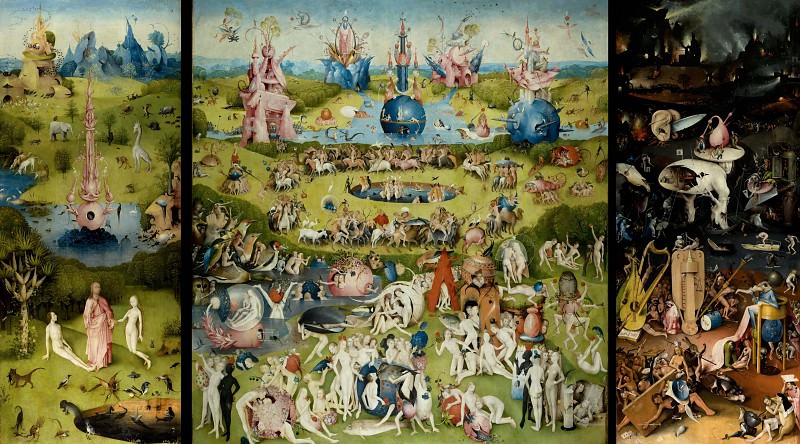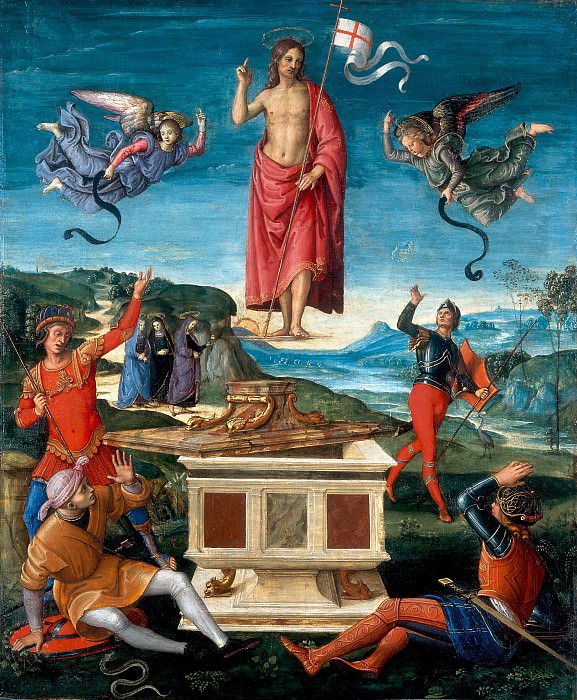The Dreamlike World of Odilon Redon: An Exploration of His Art
Odilon Redon, a French symbolist painter, remains one of the most enigmatic and fascinating artists of the late 19th and early 20th centuries. His work, characterized by its ethereal quality and deep psychological depth, stands apart from the more conventional artistic movements of his time. Redon's art invites viewers into a world where the boundaries between reality and imagination blur, creating an immersive experience that transcends the mere visual and taps into the emotional and spiritual.
Early Influences and Beginnings
Born in Bordeaux in 1840, Odilon Redon was immersed in an environment that fostered both his love for nature and his imagination. From an early age, he showed a strong inclination towards art, encouraged by his mother, who nurtured his creative spirit. His formal education in art began at the age of 15, but it was not until later in life that Redon fully embraced his artistic path.
One of the most significant influences on Redon's early work was the scientist and philosopher Charles Darwin. Darwin's theories on evolution and the natural world deeply impacted Redon, who began to explore themes of life, death, and the unknown in his work. This fascination with the mysteries of existence is evident in his early black-and-white drawings, known as "noirs," which depict strange and fantastical creatures that seem to hover between life and death.
The Symbolist Movement and Redon's Artistic Philosophy
Redon was closely associated with the Symbolist movement, a late 19th-century artistic and literary movement that sought to express ideas and emotions rather than depict the physical world. Symbolist artists, including Redon, believed that art should convey deeper truths through symbols and metaphors, creating a more profound and introspective experience for the viewer.
For Redon, art was not merely a representation of the visible world but a medium through which to explore the inner workings of the mind and spirit. His work often delves into the subconscious, drawing on dreams, myths, and religious imagery to create a sense of otherworldliness. This approach to art was revolutionary at the time, as it challenged the more traditional and realistic depictions that dominated the art world.
The "Noirs": A World of Shadows and Light
Redon's early works, primarily in charcoal and lithography, are collectively known as his "noirs." These monochromatic pieces are characterized by their use of shadow and light to create haunting and mysterious images. The "noirs" often feature bizarre and otherworldly creatures, such as floating eyes, hybrid animals, and anthropomorphic plants, all rendered in exquisite detail.
One of Redon's most famous "noirs" is "The Eye, Like a Strange Balloon, Mounts Toward Infinity" (1882). In this work, a disembodied eye floats above a dark, desolate landscape, its gaze directed upwards toward an unseen destination. The image is both unsettling and mesmerizing, capturing the viewer's attention and drawing them into a world of ambiguity and uncertainty.
The "noirs" were highly influential in the development of Redon's later work, as they established his unique visual language and thematic concerns. These early pieces also garnered Redon considerable attention from the art world, positioning him as a leading figure in the Symbolist movement.
Color and the Transition to Painting
In the late 19th century, Redon began to experiment with color, marking a significant shift in his artistic practice. This transition from the monochromatic "noirs" to vibrant, color-saturated paintings allowed Redon to explore new dimensions of expression and meaning.
Redon's use of color was deeply symbolic, often associated with specific emotions or spiritual states. His palette was rich and varied, ranging from deep, moody blues to warm, glowing oranges and yellows. The introduction of color into his work brought a new level of intensity and emotional depth, transforming his already mysterious and evocative images into something even more transcendent.
One of the key works from this period is "The Cyclops" (1914), a painting that exemplifies Redon's masterful use of color and his continued exploration of mythological themes. In this painting, a gentle and serene giant gazes lovingly at a sleeping nymph, the scene bathed in soft, radiant light. The juxtaposition of the monstrous and the delicate creates a sense of harmony and beauty, challenging the viewer's expectations and perceptions.
The Influence of Literature and Mythology
Literature and mythology played a crucial role in Redon's work, providing a rich source of inspiration and imagery. He was particularly drawn to the writings of Edgar Allan Poe, whose tales of mystery and the macabre resonated with Redon's own artistic vision. Redon created a series of lithographs to accompany a French edition of Poe's works, capturing the eerie and surreal atmosphere of the stories.
Mythology, too, was a significant influence on Redon, as seen in works such as "Apollo's Chariot" (1905). In this painting, the Greek god Apollo rides his chariot across the sky, surrounded by swirling clouds and vibrant colors. The image is both majestic and dreamlike, embodying the symbolic power of myth and its ability to convey complex ideas and emotions.
Redon's engagement with literature and mythology allowed him to create art that was not only visually striking but also intellectually and emotionally rich. His works are imbued with a sense of narrative and storytelling, inviting viewers to explore the deeper meanings and symbolism within each piece.
The Spiritual and Mystical Dimensions of Redon's Art
Spirituality and mysticism are central themes in Redon's work, reflecting his interest in the unseen and the unknown. He was deeply influenced by the philosophies of Buddhism and Hinduism, as well as the writings of the Swedish mystic Emanuel Swedenborg. These influences are evident in the ethereal and transcendent quality of his art, which often evokes a sense of the divine or the supernatural.
Redon's paintings frequently depict scenes of religious and spiritual significance, such as "The Buddha" (1906). In this work, the serene figure of the Buddha is surrounded by an aura of light, his expression one of deep contemplation and inner peace. The use of color and composition in this painting creates a sense of calm and tranquility, inviting the viewer to meditate on the spiritual themes present in the work.
The mystical aspect of Redon's art is also apparent in his use of dreamlike imagery and symbolic forms. His paintings often seem to exist in a space between reality and imagination, where the boundaries of the physical world dissolve and give way to a deeper, more profound experience.
The Legacy of Odilon Redon
Odilon Redon's contribution to the world of art is immense, and his influence can be seen in the works of later artists, particularly those associated with the Surrealist movement. His exploration of the subconscious, dreams, and the mystical paved the way for artists like Salvador Dalí, Max Ernst, and René Magritte, who also sought to delve into the hidden realms of the mind and spirit.
Redon's ability to create art that transcends the ordinary and touches on the universal themes of existence, death, and the divine continues to resonate with audiences today. His work challenges viewers to look beyond the surface and explore the deeper meanings and emotions that lie beneath.
In the contemporary art world, Redon's influence is still felt, as his unique vision and approach to art continue to inspire and captivate. His paintings and drawings are celebrated for their beauty, mystery, and profound sense of wonder, making Odilon Redon a timeless figure in the history of art.
Conclusion
Odilon Redon's art is a journey into the unknown, a voyage through the realms of the subconscious and the spiritual. His work invites viewers to step beyond the boundaries of reality and immerse themselves in a world where imagination reigns supreme. Through his innovative use of color, his deep engagement with literature and mythology, and his exploration of the mystical, Redon created a body of work that is both visually stunning and intellectually profound. His legacy as a master of Symbolist art endures, continuing to inspire and challenge those who encounter his extraordinary vision.




